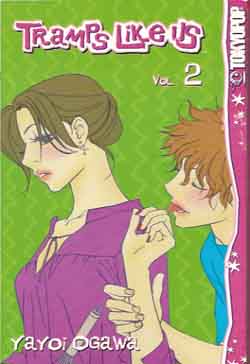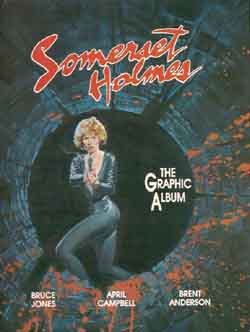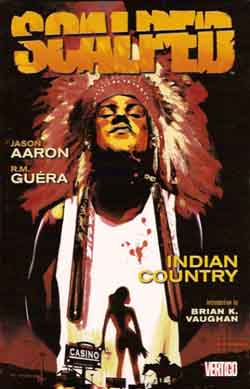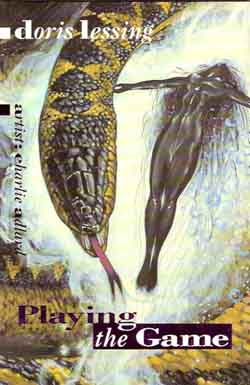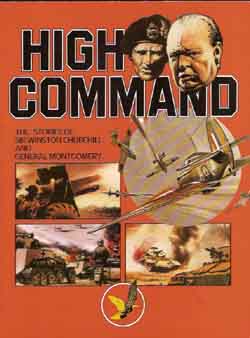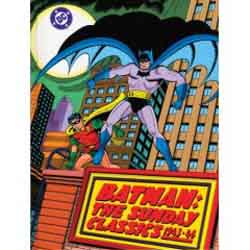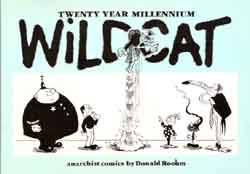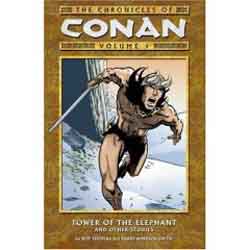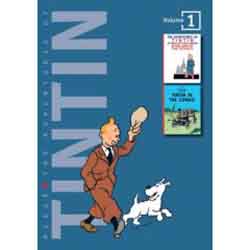
By Hergé (Egmont UK)
ISBN 10: 1-4052-2894-6
ISBN 13: 978-1-4052-2894-7
This lavish new series of editions collects the Adventures of Tintin in chronological order beginning with Tintin in the Land of the Soviets, which was one of the last to be released in English.
Georges Prosper Remi, known all over the world as Hergé, created a genuine masterpiece of graphic literature with his tales of a plucky boy reporter and his entourage of iconic associates. Singly, and later with assistants including Edgar P. Jacobs, Bob de Moor and the Hergé Studio, he created twenty three splendid volumes (originally produced in brief instalments for a variety of periodicals) that have grown beyond their popular culture roots and attained the status of High Art. Like Charles Dickens with the Mystery of Edwin Drood, he died while working, and Tintin and Alph-Art remains a volume without a conclusion, but still a fascinating examination – and a pictorial memorial of how the artist worked.
It’s only fair though, to ascribe a substantial proportion of credit to the many translators whose diligent contributions have enabled the series to be understood and beloved in 38 languages. The subtle, canny, witty and slyly funny English versions are the work of Leslie Lonsdale-Cooper and Michael Turner.
On leaving school in 1925 he worked for the Catholic newspaper Le XXe Siécle where he seems to have fallen under the influence of its Svengali-like editor Abbot Norbert Wallez. A dedicated boy-scout himself, Remi produced his first strip series The Adventures of Totor for the monthly Boy Scouts of Belgium magazine the following year, and by 1928 he was in charge of producing the contents of Le XXe Siécle’s children’s weekly supplement Le Petit Vingtiéme. He was unhappily illustrating The Adventures of Flup, Nénesse, Poussette and Cochonette, written by the staff sports reporter when Abbot Wallez asked him to create a new adventure series. Perhaps a young reporter who would travel the world, doing good whilst displaying solid Catholic values and virtues?
Having recently discovered the word balloon in imported newspaper strips, Remi decided to incorporate the innovation into his own work. He would produce a strip that was modern and action-packed. Beginning on January 10th 1929, Tintin in the Land of the Soviets appeared in weekly instalments in Le Petit Vingtiéme running until May 8th 1930.
The boy – a combination of Ideal Good Scout and Remi’s own brother Paul, a soldier in the Belgian Army – and his dog Milou (‘Snowy’ to us Brits) reported back from the Godless Russias. The strip’s prime conceit was that Tintin was the foreign correspondent for Le Petit Vingtiéme.
Arriving in Russia the dog and his boy are subjected to a series of attacks and tricks in a vain attempt by the Soviets to prevent the truth of their economic progress, popular feeling and world aspirations being revealed to the Free World. In a progression of fights, chases, slapstick accidents and vain attempts to bribe and corrupt him, a hint of the capable, decent and resourceful hero can be seen.
As Tintin “gets away clean†in all manner of fast machines, lovingly rendered in a stylised meta-realistic manner not yet used for the human characters (an obvious forerunner of Hergé’s Ligne Clairé drawing style) and makes his way back across Europe to his rapturous welcome in Belgium the personalities of the characters move beyond action-ciphers towards the more fully realised universal boy-hero we all know today.
The strip itself is very much a work-in-progress, primitive both in narrative and artistic execution. But amidst the simplified line, hairsbreadth chases and simplistic anti-communistic polemic there is something… an intriguing hint of things to come.
Where the first tale is simple black and white, Tintin in the Congo is much more stylistically familiar to modern readers. This tale, which originally ran in Le Petit Vingtiéme from June 1930 until June 1931, was radically restructured in 1946 for release as a collected album, and later, a page featuring a Rhino, a hand-drill and a stick of dynamite was replaced with a much funnier scene.
Still hampered by his weekly, episodic format Tintin and Snowy take ship for The Belgian Congo where they perforce have many little adventures, but also uncover a plot by Al Capone to take control of Africa’s diamond trade. This revised version features a Tintin retrofitted for both artistic and commercial reasons. By 1946 there had been thirteen full adventures and the characters were fully developed. It was both logical and preferable that new readers be presented with a consistent vision. And as Hergé had grown as both author and artist the album editions gave him an opportunity to rectify some earlier decisions that he regretted.
When producing work for a perpetual deadline not only are you trapped by the urgent need to finish and move on, but you are imprisoned in the context of your own times. When ‘The Congo’ ran in 1930-1931, representations of ethnicities and more importantly the attitudes of a Belgium that was still a Colonial Power informed the text and probably influenced the Catholic newspaper that paid for the strip. In later years Hergé admitted to deeply regretting much of his early work, and took every opportunity to repair it.
A scene in which natives are taught that they are happy Belgians was gladly replaced with a maths lesson and many images and scenes were subtly altered to enhance the standing and image of native Africans. The recent controversy regarding ethnic depictions in historical comics (and remember this tale is seventy-seven years old) seems doubly cynical and politically self-serving when one considers that Hergé was rectifying what he saw as racial slurs in the 1940s whilst modern society only acknowledged there might be a problem less than thirty years ago. For every black African waving a spear and shield in this story there’s another in a suit, a uniform or tee shirt.
These two adventures might be faux-controversial but they are also highly readable, joyous, thrilling, exuberant and deeply informative for any fan of the comic strip medium. And although they can be read singly, since Hergé was an early proponent of extended continuity, the early tales are actually necessary reading if you want a better understanding of the Tintin masterpieces to come.
But I do have one wistful caveat…
Many older readers were exposed to these stories in gorgeous, brilliantly coloured, oversized editions – myself included – and I wish these lovely little hardbacks weren’t quite so little, and were a bit less muted in the colour reproduction. Nothing blows a kid away quite as much as turning a big page and seeing a great big superbly rendered image.
Still, these new editions do fit in a jacket pocket…
Tintin in the Land of the Soviets: artwork © 1999Editions Casterman, Paris& Tournai.
Text ©1999, 2007Casterman/Moulinsart. All Rights Reserved.
Tintin in the Congo: artwork © 1946, 1974 Editions Casterman, Paris & Tournai.
Text © 2005 Egmont UK Limited. All Rights Reserved.
